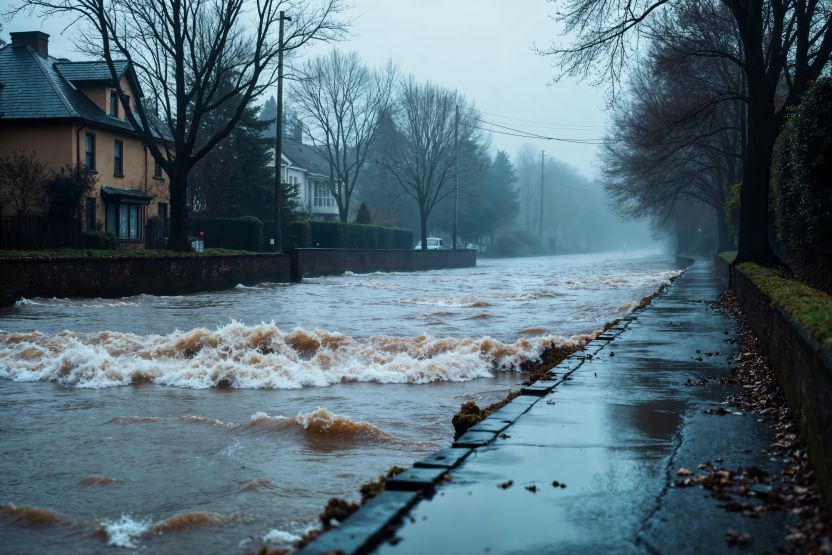Severe flash floods have struck Washington D.C., Central Maryland, and Iowa, leading to widespread travel disruptions. Here’s what you need to know about the government’s response and how to stay safe.
Severe Flash Flood in Washington D.C., Central Maryland And Iowa Causes Travel Disruption: What You Need To Know About the Govenment Response and Safety Practices

Key Takeaways:
- Severe flash floods are impacting Washington D.C., Central Maryland, and Iowa.
- Travel disruptions are widespread due to the flooding.
- Government agencies are responding with safety measures and issuing warnings.
- Flash flood warnings and travel alerts are currently in effect.
- Travelers should be aware of safety practices during flash floods.
Severe Flash Floods Hit Key Regions
Flash flood emergencies have gripped Washington D.C., Central Maryland, and Iowa, causing significant disruptions across these regions. The sudden onset of severe flooding has affected communities and travelers alike, prompting immediate action from government agencies.
Impact on Travel
Travel has been heavily impacted as roads become impassable and transportation services face interruptions. Flights have been delayed or canceled, and train and bus services are experiencing significant disruptions. Travelers are advised to check with their service providers for updates and exercise caution when navigating affected areas.
Government Response
In response to the crisis, government agencies are mobilizing emergency services to assist those in need. Resources are being allocated to conduct rescue operations, provide aid, and restore essential services. Officials are closely monitoring the situation and coordinating efforts to mitigate the impact of the floods.
Safety Measures and Warnings
Authorities have issued flash flood warnings and travel alerts across the affected states. Residents and visitors are urged to stay informed about weather developments and adhere to safety guidelines. The public is advised to avoid low-lying areas, refrain from crossing flooded roads, and follow directives from emergency personnel.
Advice for Travelers
Travelers in and around the impacted regions should:
- Stay Informed: Regularly monitor weather reports and official announcements.
- Exercise Caution: Avoid all non-essential travel into affected areas.
- Plan Ahead: Anticipate delays and consider alternative routes or modes of transportation.
- Follow Safety Practices: Never attempt to drive through flooded areas; turn around if you encounter standing water.
Staying Safe During Flash Floods
Flash floods can occur rapidly and without warning. It’s crucial to recognize the dangers and take immediate action:
- Move to higher ground if flooding is observed or imminent.
- Avoid riverbanks and streams that can flood quickly.
- Do not walk or drive through floodwaters; just six inches of moving water can knock you down.
- Stay away from downed power lines and electrical wires.
Conclusion
The severe flash floods impacting Washington D.C., Central Maryland, and Iowa highlight the importance of vigilance and preparedness in the face of natural disasters. By staying informed and following government-issued safety practices, individuals can protect themselves and aid in the broader community response. Government agencies continue to work tirelessly to address the situation and ensure public safety.











